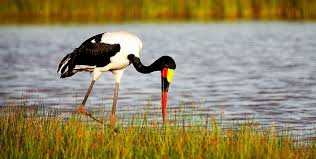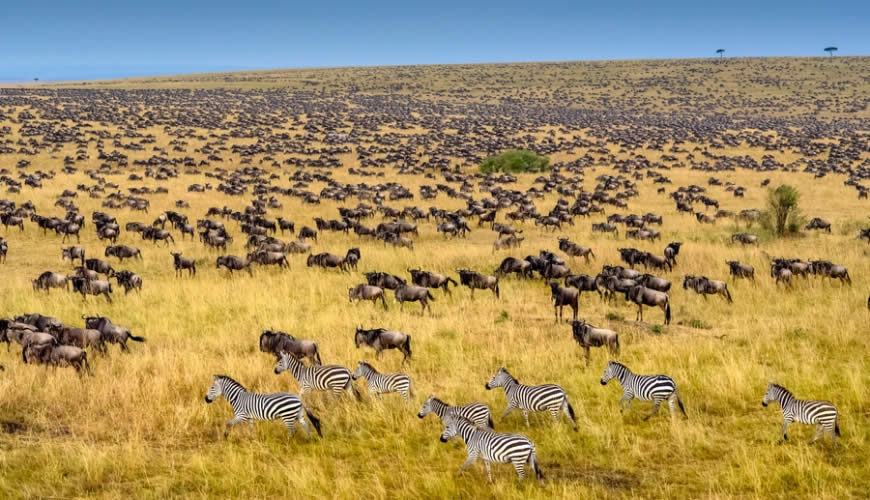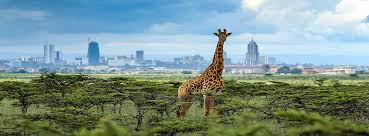TWENDE M arsabit National Park and Reserve
Marsabit, located in northern Kenya's Marsabit National Park and Reserve, is a premier birding destination, particularly known for its montane forests and crater lakes that host waterbirds and raptors. Key birding spots include the Gof Sokorte Guda Crater Lake and the Montane Forest Trails, which offer opportunities for bird watching and hiking amidst diverse wildlife and scenery.
Marsabit National Park is a rewarding birding destination, with around 300 species recorded. An odd feature of its birdlife is the presence of widespread forest species alongside those more normally associated with arid habitats. Vultures can usually be seen circling above Gof Sokorte Guda. The hooded vulture is most common, but you might also see Egyptian, Rüppell’s and white-backed vulture. Both crater lakes usually host a varied selection of waders and waterfowl. Just north of Marsabit, the black lava Dida Galgalla Desert is the best place to look for the endemic Williams’s lark.
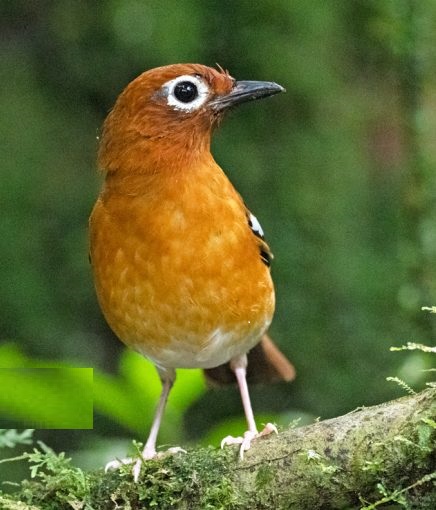
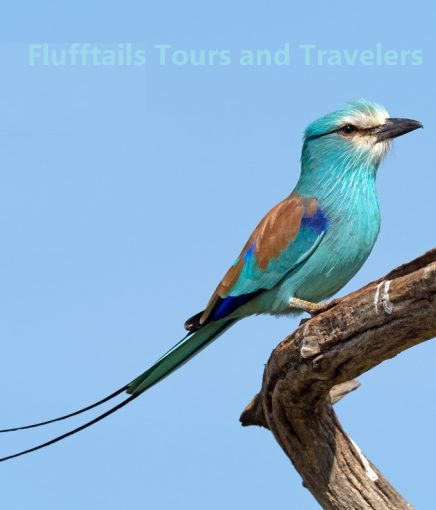
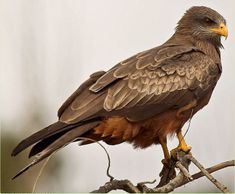
- This crater lake is an excellent spot for observing waterbirds and various raptors.
-
Hiking and birding along these trails within the park's dense, misty forests are highly recommended.
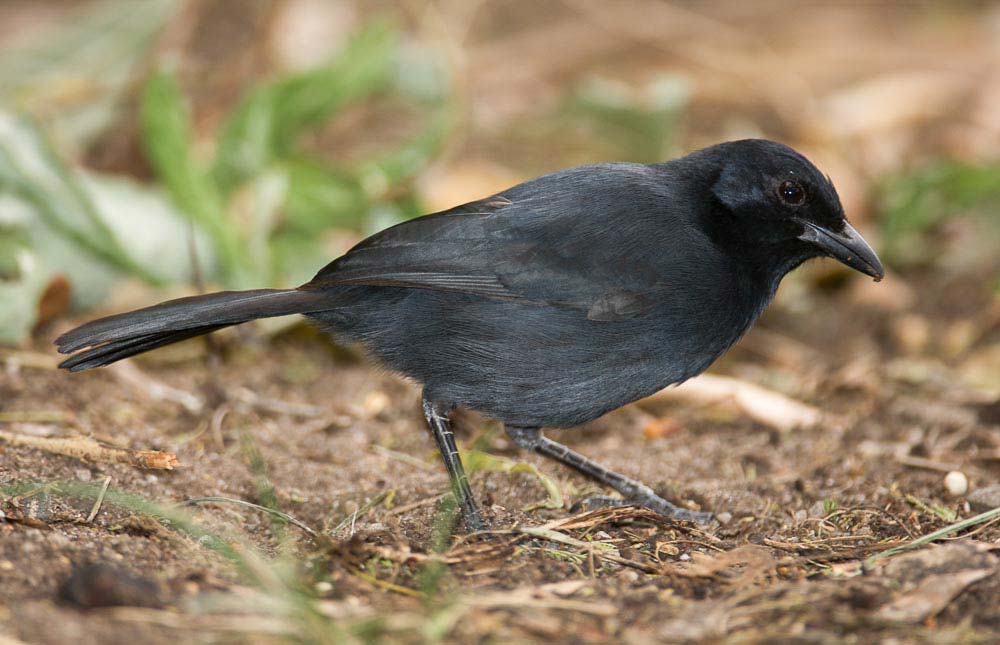
Why Marsabit is a Birding Haven
- Habitat Diversity:The park boasts a variety of habitats, from the scorched lower slopes to the richly forested mountain, offering different species.
-
Crater Lakes:The presence of crater lakes provides essential water sources that attract diverse birdlife.
-
Unique Wildlife:In addition to birds, the park is famous for its large tusked elephants and other mammals, adding to the overall wildlife viewing experience.
- Combine with Hiking:Consider hiking through the dense montane forests to best enjoy the scenery and birdwatching opportunities.
-
Explore the Crater Lakes:Seek out the crater lakes for sightings of water-dependent species and raptors.
-
Visit the Park Website:The Kenya Wildlife Service (KWS) provides official information about Marsabit National Park and Reserve.
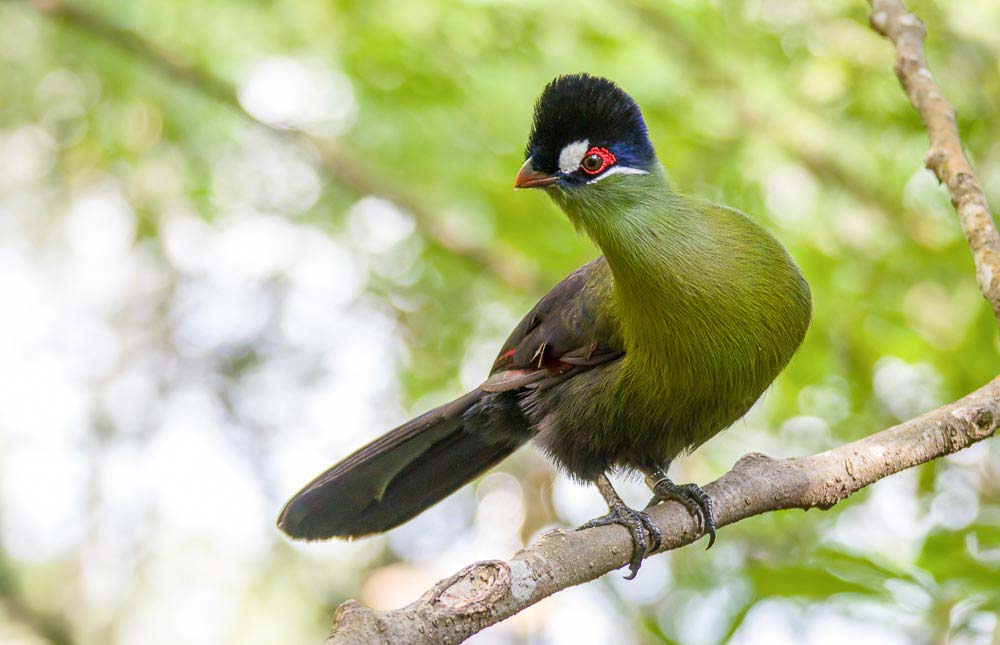
Best Time for Bird Watching
Any time of the year will be rewarding for birders visiting Marsabit. However, if possible, November and April should be avoided as the rains in these months may interfere with your plans. Most of the park’s specials are resident, so they can be spotted throughout the year. November to April sees the arrival of migrant species.
Experience top Destinations
.jpg) Free to Register For the Trip
Free to Register For the Trip Aberdare National Park
Aberdare National Park is an isolated volcanic mountain range forming the easternmost barrier of the Gregory Rift Valley. It is located east of the Kinangop/Laikipia plateau and features two principal peaks:
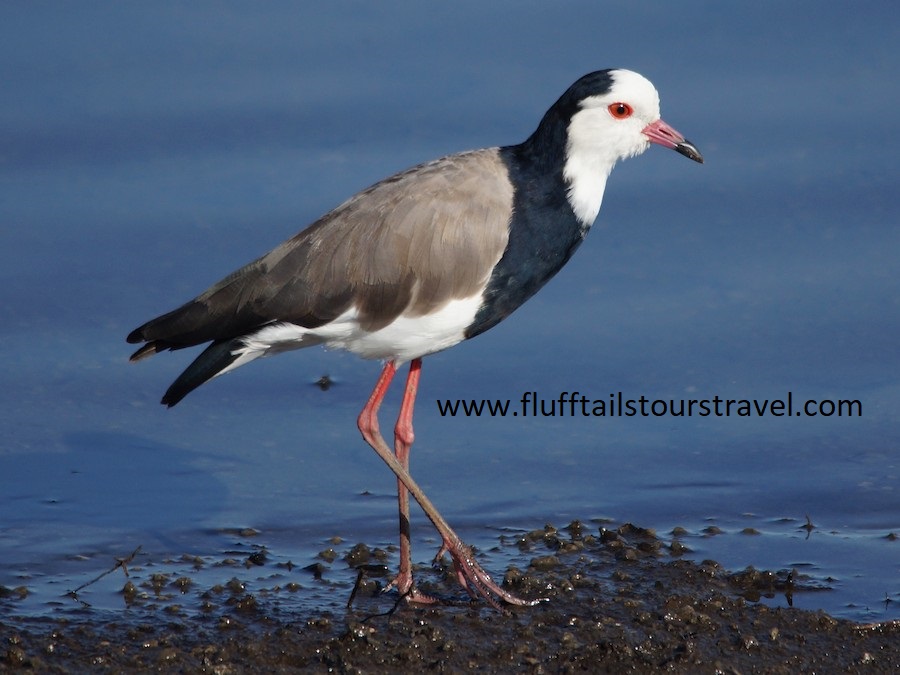
Amboseli National Park
Ecological Significance of Amboseli National Park
Northwest of Mount Kilimanjaro, Amboseli encompasses diverse habitats, including:
Acacia woodlands
Lush swamps (fed by underground Kilimanjaro water)
Open savannah grasslands
Seasonal Lake Amboseli
Arabuko Sokoke
You can visit Arabuko Sokoke year-round. The rain will test your stamina and perseverance on forest hikes in the wetter months, but you’ll have lots more birds, as well as frogs, for company. Alternatively, visit in the drier months, when the sunshine makes getting around much more pleasant.
The Luxury Trips is here to make your vacation memorable with the best deals and services, along with thrilling adventures. Book your next vacation with us
Our Destinations
Our TRIPS Book A Room
We fell in love with Africa and in the hands of Fluttfails, well, we don’t need to tell you that we learned everything there is to know about everything that touched our experience. He is the legend! He is a wonder of a man and we all enjoyed one another’s company immensely. Thank you for pairing us with him.

Client Name
ProfessionWe are Very grateful to have been able to experience this trip of a lifetime.Food was attractive in all places and well served. The children tried new dishes but really enjoyed pastas! Accommodations were quite satisfactory. We will return!

Johnson
ProfessionThank you for providing the different concentrations of wildlife. The guides/drivers were all experts, but I thought Lenard was most personable… All were competent. Having a Masai connection added interest. Without exception the administrators and their staffs were excellent. I appreciated the participation many showed – engaging in soccer with the children, for example.

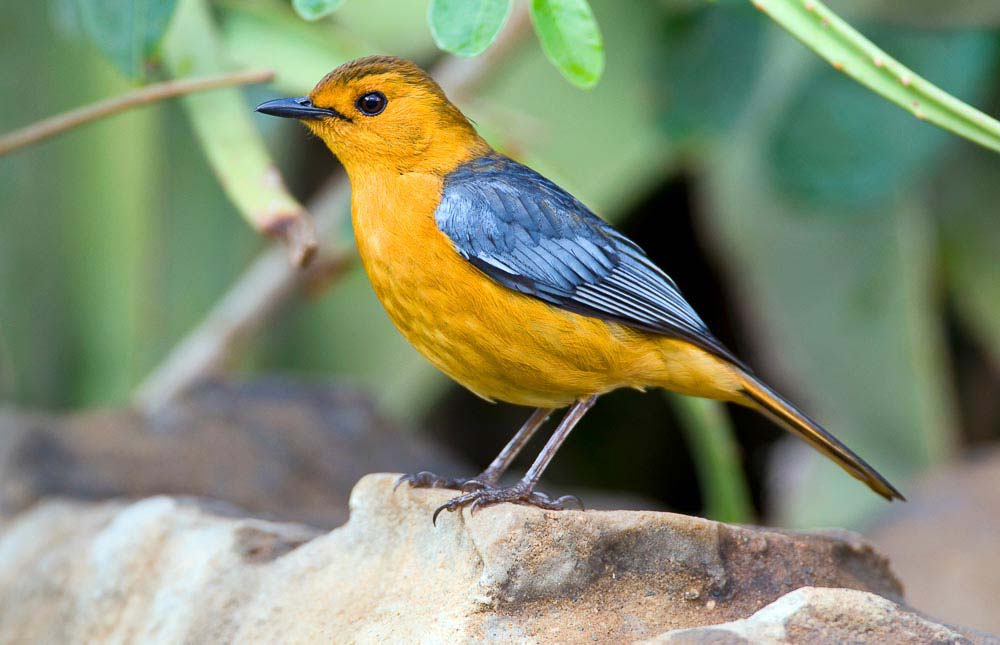
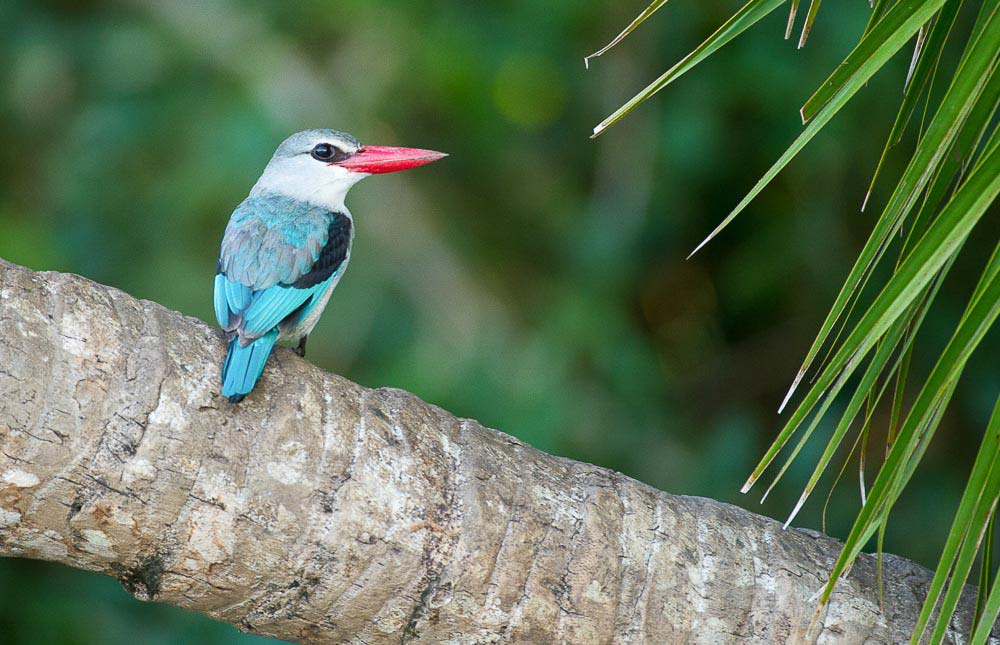
.png)


